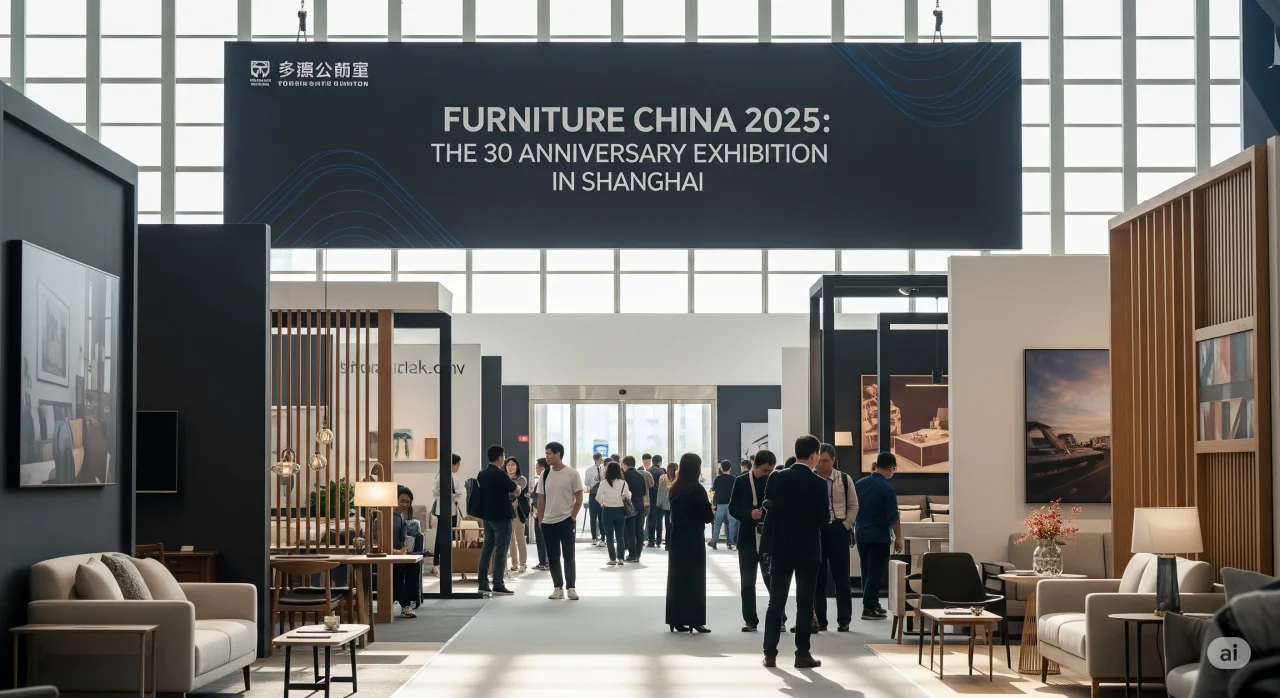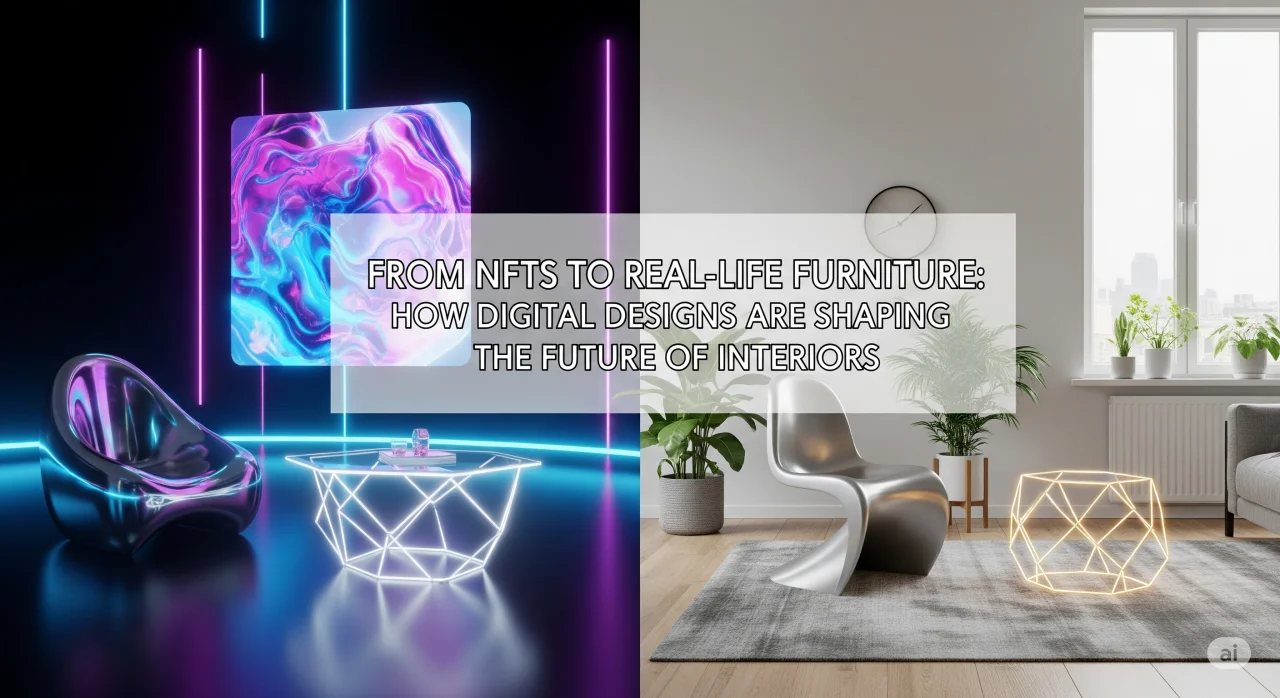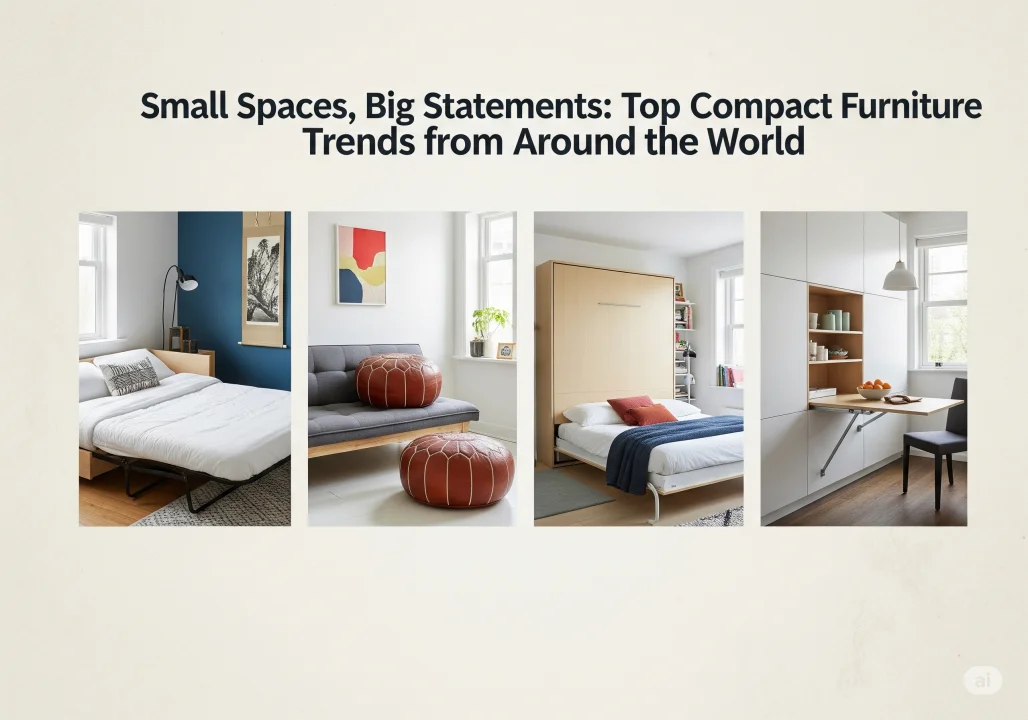The metal furniture market in the European Union (EU) is undergoing a remarkable evolution, propelled by changing consumer preferences, a push for sustainability, and the rapid rise of digital technology. Valued at $9.7 billion in 2024, with a consumption volume of 2.3 million tons, the market is set to grow steadily over the next decade. Projections indicate it will reach $12.9 billion by 2035, with a compound annual growth rate (CAGR) of 1.8%. What’s driving this transformation? A blend of modern design needs, eco-conscious choices, and innovative purchasing habits.
A Market on the Rise
After a period of decline, the EU metal furniture market has bounced back, reflecting a renewed interest in durable, stylish furniture. In 2024 alone, consumption rose to 2.3 million tons—a clear sign of recovery. Analysts forecast that by 2035, this figure will climb to 2.8 million tons, fueled by demand for furniture that fits seamlessly into compact urban homes and bustling commercial spaces. The resurgence of home renovation trends across the EU has only added to this momentum, making metal furniture a go-to choice for its longevity and versatility.
Sustainability Takes Center Stage
Sustainability isn’t just a buzzword—it’s a game-changer in the metal furniture industry. Today’s consumers want more than just aesthetics; they’re prioritizing eco-friendly materials and ethical production. Manufacturers are stepping up, integrating recycled metals like steel and aluminum into their designs to cut down on environmental impact. This shift aligns with the EU’s broader commitment to a circular economy, where products are built to last and recycle.
Take modular furniture, for example. These pieces, designed to be disassembled and repurposed, are gaining traction as consumers seek sustainable options that don’t compromise on style. Industry expert Elena Rossi from Milan sums it up: “Metal furniture has always been about durability, but now it’s about responsibility too. People want pieces that reflect their values.”
The Digital Revolution
Digitalization is another force reshaping the market. The explosion of e-commerce has made shopping for metal furniture easier than ever, with online sales surging since the pandemic. Consumers now enjoy a wider selection and the convenience of doorstep delivery, a trend that shows no signs of slowing down.
Beyond shopping, digital tools are revolutionizing how furniture is made. Technologies like 3D printing and computer-aided design (CAD) allow for intricate, customizable pieces that cater to individual tastes. This not only speeds up production but also reduces waste—a win for both manufacturers and the planet. However, challenges like supply chain disruptions have prompted companies to rethink their strategies, with many turning to local sourcing to keep operations smooth and sustainable.
Who’s Leading the Way?
The EU market isn’t uniform—certain countries are setting the pace. In 2024, the Netherlands topped per capita consumption at 13 kg, followed by the Czech Republic (11 kg) and Sweden (9.3 kg). These nations are hotspots for modern, space-saving designs, reflecting the needs of urban dwellers. On the production front, the EU churned out 956,000 tons of metal furniture last year, a 22% jump from 2023. Germany, the Netherlands, and France dominate imports, making up 48% of the region’s total.
Opportunities and Hurdles Ahead
The road ahead isn’t without its bumps. Rising raw material costs, supply chain hiccups, and stricter sustainability rules pose challenges for manufacturers. Yet, these hurdles come with opportunities. Smart furniture—think desks with built-in charging ports or adjustable frames—is catching on, especially among younger buyers. The shift to hybrid work setups is also boosting demand for versatile pieces that blur the line between home and office.
The Future of Metal Furniture in the EU
The EU metal furniture market is at a turning point. With a projected value of $12.9 billion by 2035, it’s clear that growth is on the horizon. But success will hinge on adaptability. Manufacturers and retailers must embrace sustainability, harness digital tools, and meet the evolving demands of a savvy consumer base. Those who do will not only survive but thrive in this dynamic landscape.
From recycled materials to online showrooms, the metal furniture market is proving it can evolve with the times. For industry players, the message is simple: innovate today to lead tomorrow.








